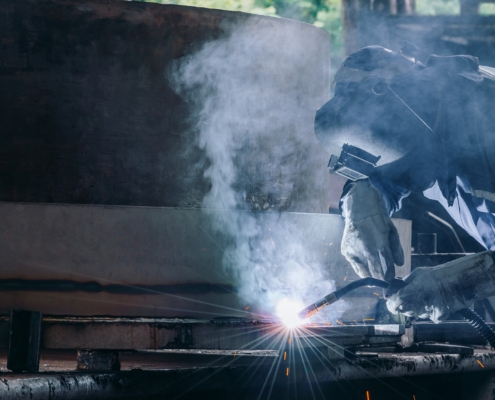Industrial robots have come a long way since their inception in the United States during the mid-20th century. At first, these machines were large and cumbersome, primarily used for repetitive tasks in automotive manufacturing. Early robots were often limited in their capabilities and required significant human oversight.
However, the landscape of industrial robotics has dramatically evolved in recent decades. Advancements in fields like artificial intelligence and machine learning have empowered these machines with greater intelligence, precision, and flexibility.
Today, industrial robots are capable of performing a wide range of tasks, from intricate assembly line work to hazardous material handling, with unprecedented speed and accuracy. As this technology continues to progress, industrial robots appear to be playing a large role in shaping the future of manufacturing and logistics.
In the future, industrial robots are likely to continue being deployed across various industries, including manufacturing, logistics, and even healthcare. But they aren’t without their troubles.
Let’s explore the concerns that these advancements bring with them.












